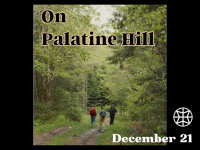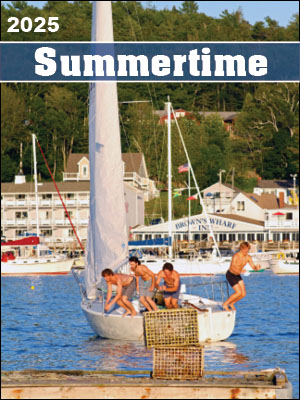Boothbay’s water future demands more than reassurance
Dear Editor:
Boothbay’s water supply may look fine today, but long-term droughts are exposing the cracks in how our supply is managed and residents deserve more than reassurance.
Late last month, Boothbay Region Water District (BRWD) General Manager Weston Alley assured trustees that our water supply is in “good condition” despite the ongoing D2-level drought. Adams Pond, he noted, still holds 181 million gallons—about 73% usable above the intake. “I’m not concerned,” he said.
Comforting words, but they don’t answer the bigger question: what happens if droughts keep coming, wells run dry and our lakes are impacted? Residents watching Knickerbocker Pond recede and Campbell Creek run dry know reassurance isn’t a plan. The Boothbay region is seeing longer, drier seasons, and water levels are dropping earlier each year. The real question isn’t whether our ponds can survive this summer—it’s whether they can survive the next five.
The Boothbay Region Clean Drinking Water Initiative, working with Bigelow Laboratory and the Boothbay Region Land Trust, help monitor PFAS, algal blooms, and watershed health. Bigelow regularly shares seminars reporting on water monitoring, bio tech, and other work, showing that careful science can guide safe management. Residents deserve the same clarity from clear, evidence-based reporting demonstrating that the resources are being managed sustainably and will continue to provide safe yield under current and projected demand. Words of reassurance alone aren’t enough; residents need documented science and transparent public communication.
Meanwhile, expanding distribution continues -- converting seasonal lines to year-round use and adding new large connections—without increasing supply. The proposed “$28 million pipeline” to link Boothbay with Brunswick-Topsham remains conceptual, unfunded, and likely years away. Expanding service under these conditions is like opening more taps on a bathtub that’s pretty empty.
This isn’t just a concern for Knickerbocker Pond residents. Trustees, town leaders, and the broader community must be asking hard questions about long-term water management, infrastructure planning, and drought response. Full transparency on lake level environmental impacts, long-term expansion projections, pipeline connection status, and conservation measures are essential before scarcity forces the decisions.
Boothbay’s water system is a public trust, not a private asset. Protecting it requires foresight, accountability, and leadership. Reassurance is welcome -- but clear, documented science and a public plan are essential.
Andy Cozzi
Retired hydrogeologist
Boothbay



























